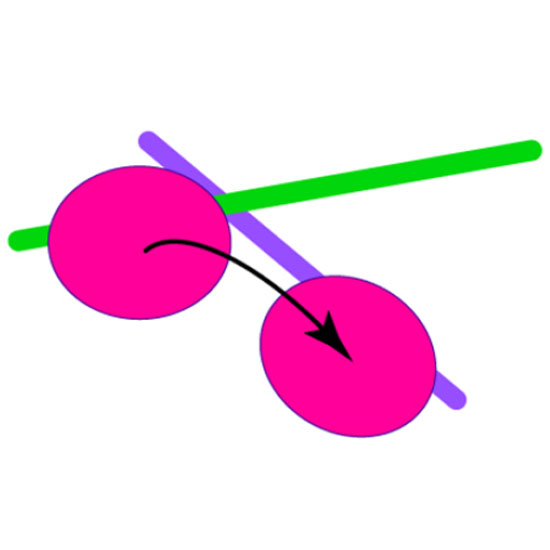3D motion of vesicles along microtubules helps them to circumvent obstacles in cells
18-Apr-2017
Journal of Cell Science (2017) 130, 1904-1916, doi:10.1242/jcs.201178
J Cell Sci., online article
Vesicle transport is regulated at multiple levels including regulation by scaffolding proteins and the cytoskeleton. This tight regulation is essential since slowing or stoppage of transport can cause accumulation of obstacles and has been linked to diseases. Understanding the mechanisms by which transport is regulated as well as how motor proteins overcome obstacles can give important clues as to how these mechanisms break down in disease states. Here, we describe that the cytoskeleton architecture impacts transport in a vesicle-size dependent manner, leading to pausing of vesicles larger than the separation of the microtubules. We further develop methods capable of following 3D transport processes in living cells. Using these methods, we show that vesicles move using two different modes along the microtubule. Off-axis motion, which leads to repositioning of the vesicle in 3D along the microtubule correlates with the presence of steric obstacles and may help in circumventing them.











